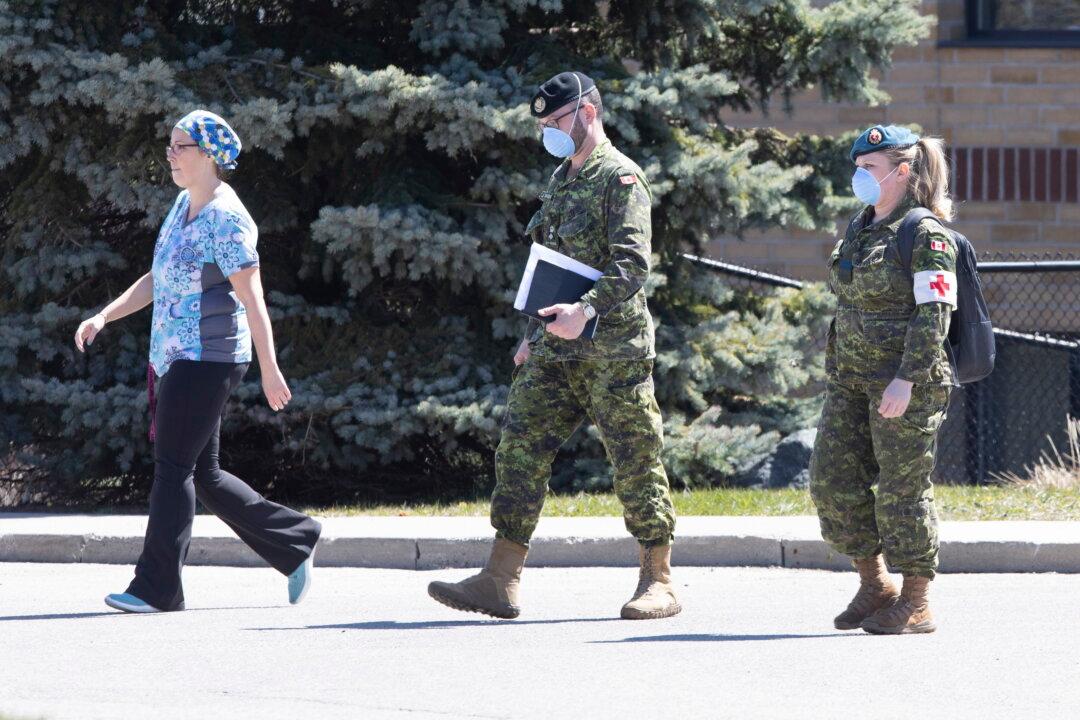The COVID-19 pandemic has reinforced domestic reliance on the Canadian Armed Forces, which risks lowering Canada’s military readiness against international threats coming from China and Russia, a parliamentary committee heard on Nov. 23.
As the House of Commons Standing Committee on National Defence continues looking into the impact of the pandemic on Canadian Armed Forces’ operations, an expert warned against unnecessarily overtasking the CAF.





